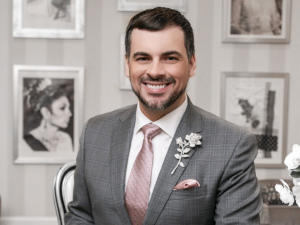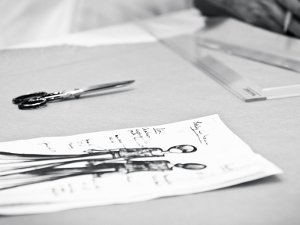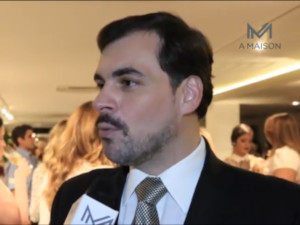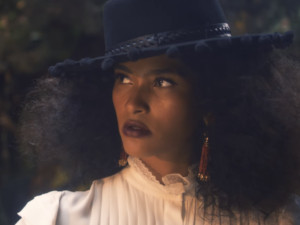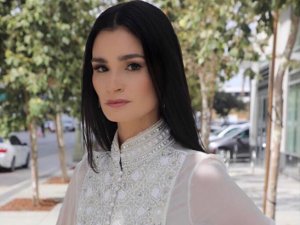Secession
Secession
On March 26, 1898, a group of 19 young Viennese artists, led by Gustav Klimt, inaugurated the first exhibition of the independent artistic movement founded the previous year by them, named Secession. With decorative and ornamental features, and sinuous and asymmetrical three-dimensional shapes, they would break with neo-baroque historicism patronized by the official cultural policy of the Austro-Hungarian Empire, bringing to the heart of Europe its interpretation of French art nouveau and English arts & crafts.
An elegant and pulsing capital, Vienna was an intellectual and artistic center, with countless cafés, concert halls, theaters and halls, where the tradition that the traditionally rigid society was supposed to undertake to enter the twentieth century was debated. In fashion, the studio of the Flöge sisters, led by the youngest, Emilie, Klimt's last companion, would open in 1904 decorated by artists and designers of Secession workshops such as Josef Hoffmann and Koloman Moser. They materialized the Women's Clothing Reform Movement, freeing women from their tight bodices.
This freedom, coupled with elegant ornamentalism, is the starting point of the Secession collection, of autumn / winter 2016, of Atelier Sandro Barros. "I tried to break with my own barriers, especially in the structure of the clothes," says Sandro, who immersed himself in the archives of the Leopold Museum and the recent exhibition 'Klimt, Schiele, Kokoschka and women', which was shown until February in the Lower Belvedere of Vienna. "I used, for example, musseline linings on dresses structured with transparencies to give the impression that there is no lining. The idea is to pass lightness and the erotic sensuality of the time, watered to much absinthe.
The golds and graffiti of Klimt's paintings, such as "The Kiss", "The Portrait of Adele Bloch-Bauer I", "Judith" and "The Tree of Life" dominate the metallized embroidery in sequins, glass beads and crystals. "This is my most graphic collection, playing with the color combination with black," says Sandro. "I also worked on the contrast of gold, beige and nude with darker tones, such as oil-green and wine, which represent Klimt's most expressionist phase in the 1910s after his trip to Paris."
The landscapes and gardens painted by the artists are reflected in the flowers applied subtly to tulle and lace dresses and brocades that look like a vane of blurred colors contrasting with the density of velvet.
The campaign was photographed by Peu Campos at the complex of the former Matarazzo Hospital, in São Paulo. The model Ana Clara Vanini was made by Cicero Serafim and combed by Mitiko. Hector Albertazzi recreated the necklace worn by Adele Bloch-Bauer and shared the scene with Izabel Esteves and Silvia Furmanovich.


